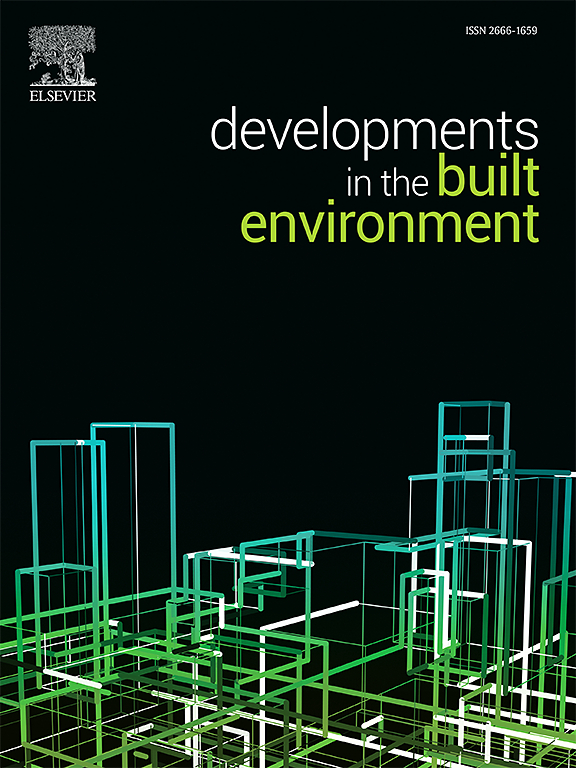基于可靠性分析的铁路部件长期维修数据生命周期评估
IF 6.2
2区 工程技术
Q1 CONSTRUCTION & BUILDING TECHNOLOGY
引用次数: 0
摘要
本研究提出了一个框架,利用韩国的长期维护数据库来评估铁路运营时间的可靠性和枕木和紧固件的最佳维护间隔。此外,研究了钢轨磨削的影响,建立了最佳钢轨更换间隔。研究发现,优选的紧固件和枕木维修间隔分别为2.04个月和2.36个月,优选的钢轨更换间隔为89个月,格栅间隔为10个月。钢轨磨削可降低钢轨劣化率,延长钢轨寿命。此外,钢筋混凝土轨枕、混凝土轨床(板轨)、直轨比预应力混凝土轨枕、碎石道砟、弯轨具有更高的长期耐久性。总体而言,提出的框架可以提供数据驱动的基于成本的优化,以确定长期可持续铁路运营的最佳维护策略。本文章由计算机程序翻译,如有差异,请以英文原文为准。
Reliability analysis-based life cycle assessment of railway components using long-term maintenance data
This study proposes a framework to evaluate the reliability of rail operation times and optimal maintenance intervals for sleepers and fasteners using a long-term maintenance database in South Korea. Additionally, the study investigates the effects of rail grinding and establishes optimal rail replacement intervals. It was found that the optimal maintenance interval of 2.04 and 2.36 months for fasteners and sleepers and optimal replacement interval of 89 months with griding interval of 10 months for rail would be recommended. It was also found that rail grinding reduces rail degradation rates and extends rail lifespan. In addition, reinforced concrete sleeper, concrete track bed (slab track), and straight rail track shows higher long-term durability than prestressed concrete sleeper, gravel ballast, and curved rail track. Overall, the proposed framework can provide data-driven cost-based optimization to determine the best maintenance strategies for long-term sustainable railway operation.
求助全文
通过发布文献求助,成功后即可免费获取论文全文。
去求助
来源期刊

Developments in the Built Environment
Multiple-
CiteScore
7.40
自引率
1.20%
发文量
31
审稿时长
22 days
期刊介绍:
Developments in the Built Environment (DIBE) is a recently established peer-reviewed gold open access journal, ensuring that all accepted articles are permanently and freely accessible. Focused on civil engineering and the built environment, DIBE publishes original papers and short communications. Encompassing topics such as construction materials and building sustainability, the journal adopts a holistic approach with the aim of benefiting the community.
 求助内容:
求助内容: 应助结果提醒方式:
应助结果提醒方式:


